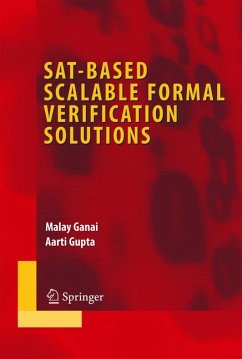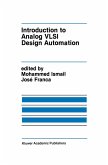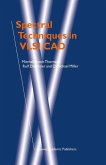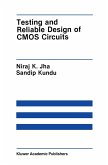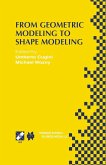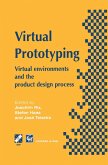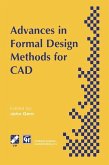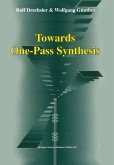SAT-Based Scalable Formal Verification Solutions discusses in detail several of the latest and interesting scalable SAT-based techniques including: Hybrid SAT Solver, Customized Bounded/Unbounded Model Checking, Distributed Model Checking, Proofs and Proof-based Abstraction Methods, Verification of Embedded Memory System & Multi-clock Systems, and Synthesis for Verification Paradigm. These techniques have been designed and implemented in a verification platform Verisol (formally called DiVer) and have been used successfully in industry. This book provides algorithmic details and engineering insights into devising scalable approaches for an effective realization. It also includes the authors' practical experiences and recommendations in verifying the large industry designs using VeriSol.
The book is primarily written for researchers, scientists, and verification engineers who would like to gain an in-depth understanding of scalable SAT-based verification techniques. The book will also be of interest for CAD tool developers who would like to incorporate various SAT-based advanced techniques in their products.
Dieser Download kann aus rechtlichen Gründen nur mit Rechnungsadresse in A, B, BG, CY, CZ, D, DK, EW, E, FIN, F, GR, HR, H, IRL, I, LT, L, LR, M, NL, PL, P, R, S, SLO, SK ausgeliefert werden.

